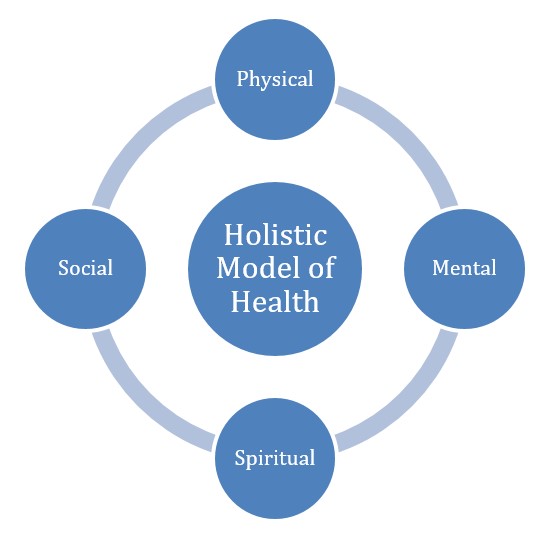Hypothetical Case
M. J. is a 54 years old male who was diagnosed with amyotrophic lateral sclerosis (ALS). Initially, he has experienced symptoms of limb weakness in his arms, which progressed to the lower part of his body. In addition, he has difficulty walking due to stiffness in his legs. Dysarthria is present as M. J. has stiff tongue and cannot articulate properly. Nerve condition study has confirmed the diagnosis of ALS for this patient. Thus, the patient is currently on bed rest and is receiving treatment through pharmacotherapy and muscle relaxation.
Medical Model
According to Shi and Singh (2014), the approach implies that an ideal condition is when an individual has no health issue in place. Thus, a healthy person would be in a state where no symptoms are present, and no medical intervention is required. The medical model emphasizes the importance of a clinical diagnosis for the patient. In the case of M.J., he was diagnosed with ALS based on symptoms and tests that were conducted. In addition, according to the approach, the most critical aspect is the treatment process witch would relieve the patient of his or her symptoms and improve their condition. From such perspective, M.J. is receiving adequate treatment through pharmacotherapy and additional methods. Therefore, the model is considering the underlying causes of the illness and symptoms, while disregarding personal, social, and environmental factors.
Holistic Health Model
This method is more inclusive as it strives to consider every aspect of a person’s health. Figure 1 illustrates the components that are essential according to the holistic approach. Shi and Singh (2014), state that the focus is on “what makes a person whole and complete” (p. 41). Thus, M.J.’s physical condition, mental health, social environment, and spirituality would be taken into account when providing treatment. Prevention of diseases is incorporated into the approach through both conventional and alternative therapies (American Holistic Health Association n.d.). Thus, from this perspective, M.J. would be examined considering the four core aspects of health and the approach that would ensure his participation in improving health state would be taken.

Epidemiological Triangle Model
The approach takes into consideration factors that influence the possibility of developing a disease. According to Shi and Singh (2014), host, agent, and environment influence the likelihood of developing a particular illness. From the perspective of this model, a host is M.J. and his body as he has an adverse health condition. Different factors including habits, physical activity, and genetics would be examined to understand possible underlying causes. For instance, according to National Institute of Neurological Disorders and Stroke “5 to 10 percent of all ALS cases are familial”, meaning that having a parent with ALS would be an essential risk factor from the perspective of Epidemiological Triangle Model (para. 11). The environment that patient is living in has a moderate role; however, it can influence the development of the condition. Thus, according to the model, the symptoms are caused by personal characteristics, environment and the factors that affect the disease.
Social Model
The method considers a variety of factors that may influence a patient’s health state. The overall social environment is regarded as a crucial aspect of this model. Thus, through proper policies, a disease can be prevented, and an adequate health state can be maintained by an individual. The social, cultural, and environmental factors are addressed by the approach (Shi & Singh, 2014). In the case of M.J., the model would consider the strategy applied to raise health awareness in his community. The practices and education utilized by society would be the primary factors that influenced the development of ALS.
References
American Holistic Health Association. (n.d.). Principles of holistic medicine. Web.
National Institute of Neurological Disorders and Stroke. (n.d.). Amyotrophic lateral sclerosis (ALS) fact sheet. Web.
Shi, L., & Singh, D. A. (2014). Delivering health care in America: A systems approach (6th ed.). Boston, MA: Jones and Bartlett.